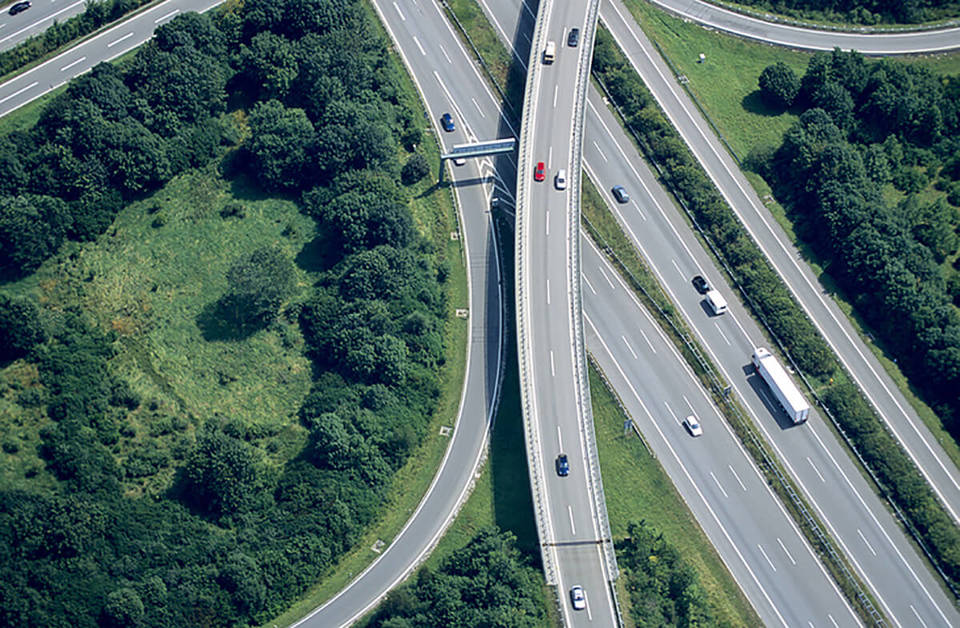After a month of being monitored the first batch of data from our car fleet telematics trial has illustrated many of the challenges faced by organisations.
The telematics trial with Bauer is being conducted using tracking equipment from TomTom, Traffilog and Trimble MRM.
The exercise puts issues such as fuel efficiency in focus, and with the first month of data collected the next move for Bauer is to investigate how it can encourage positive changes in driver behaviour using evidence collected from the trial.
The potential savings from monitoring driver behaviour and encouraging more fuel-efficient driving have been said to be more effective than switching to vehicles with lower fuel consumption.
Each supplier has their equipment placed in five vehicles: 13 of the vehicles are Volkswagen Golf 1.6 TDI Bluemotion models while the remaining two are Audi A3 Sportback 1.6 TDI.
The Golf models have CO2 emissions of 99g/km, while the A3 Sportbacks produce 109g/km.
Official fuel economy for on the combined cycle is 74.3mpg for the Golfs and 68.9mpg for the A3s.
All are popular company cars and mileage has been shown to vary significantly between the drivers with some covering far greater distances in a month than others.
For example, one vehicle fitted with the Trimble equipment covered 24 trips in September.
This contrasts with another that logged 334 trips.
The difference in mileage between these two vehicles is dramatic: one covered just over 100 miles while the other reached almost 3,000.
Comparing these two cars further, fuel used was 1.72 gallons in the first vehicle, compared with more than 64 gallons in the higher mileage car.
The difference in fuel consumption between these two vehicles is also dramatic, and may reflect the different level of work the cars have been used for during September.
The lower-mileage car achieved almost 60mpg for its journeys, while the higher mileage car achieved an average of only 45mpg.
This could be an area where Bauer needs to investigate how the driver of the higher-mileage car could be coached to bring fuel consumption closer to the other vehicle.
Achieving 60mpg instead of 45mpg for the 3,000 miles travelled in September would’ve saved the driver £90 – equivalent to more than £1,000 over the course of the year.
The other three vehicles have also covered more than 3,000 miles between them and are all around the 60mpg mark for fuel consumption (two have achieved 62mpg).
It calls into question a car’s green credentials if it is not used efficiently.
Many fleets choose vehicles based on their fuel consumption and CO2 performance, and all the vehicles in the trial are fitted with 1.6-litre diesel engines that according to official figures are capable of about 70mpg.
If the cars are achieving worse fuel consumption than the official figures state, then the actual emissions will be greater than stated.
One vehicle was found to have used almost a gallon of fuel while idling during the month.
While the nature of certain road conditions might result in long periods stopped, such as traffic queues or traffic lights, the cars involved in the trial are fitted with stop-start technology, so most of the time should be able to mitigate the effects of traffic queues.
The high-mileage car has also recorded more speeding alerts than the other cars. Perhaps this explains the poor fuel efficiency performance.
The driver could clearly benefit from advice on their driving style.

















Login to comment
Comments
No comments have been made yet.